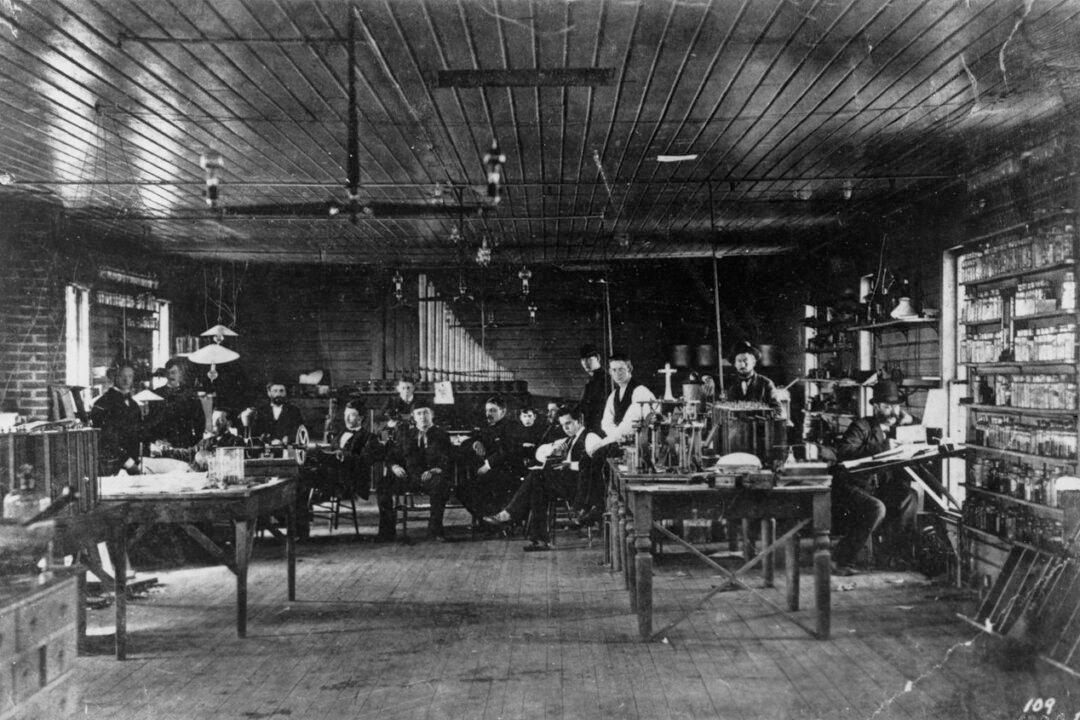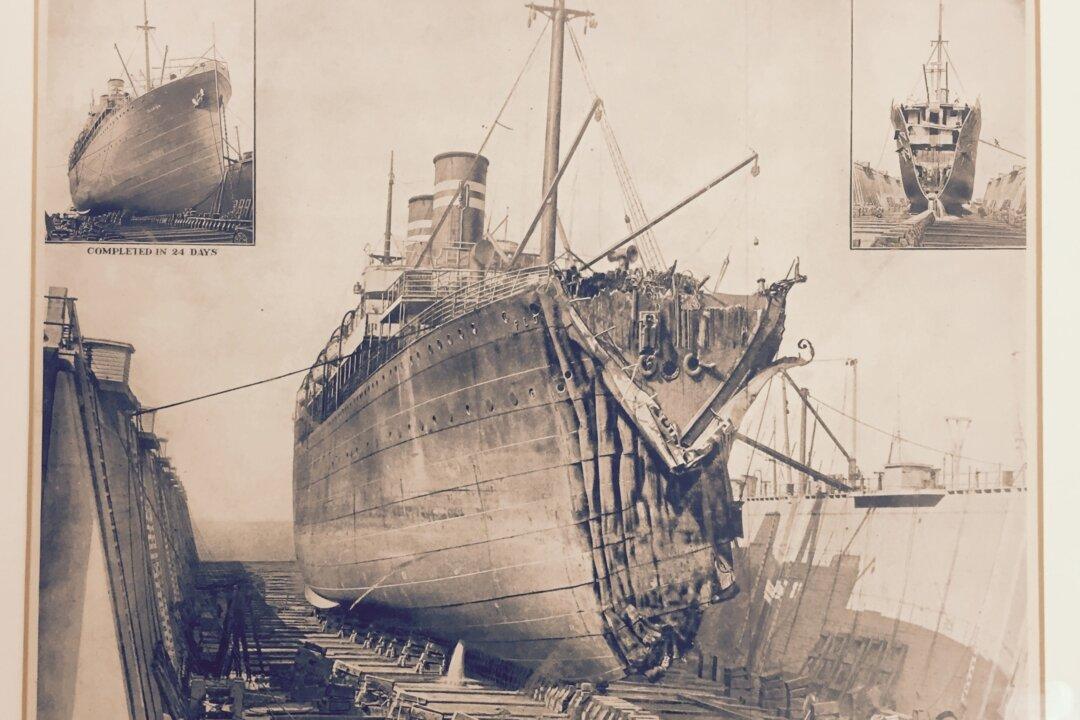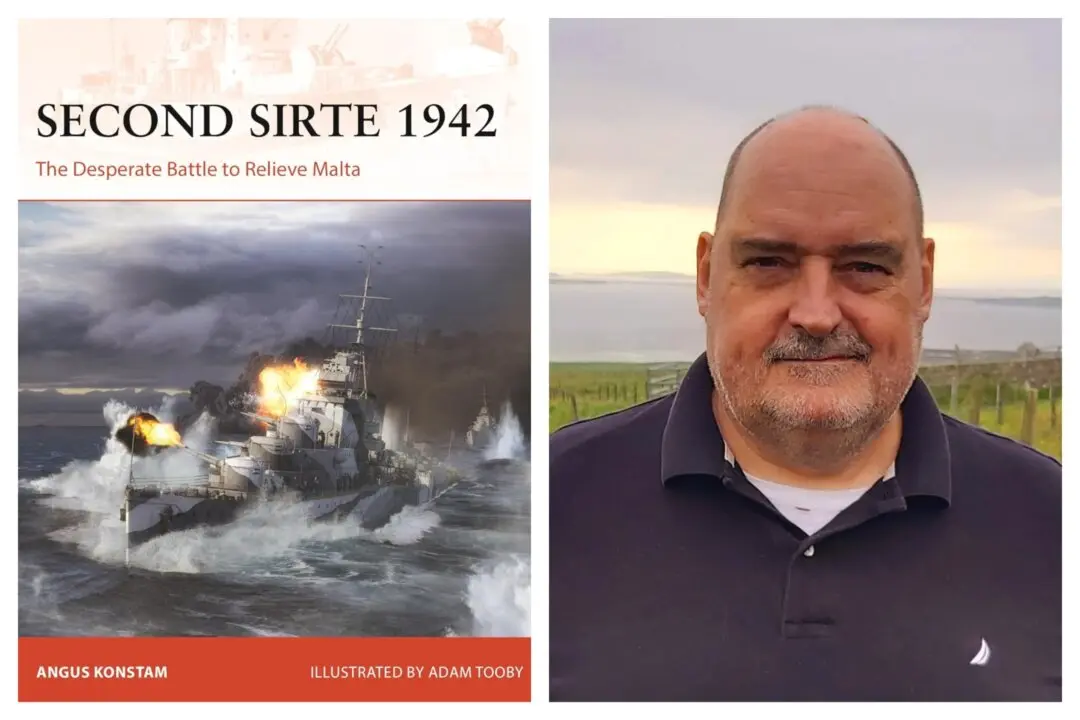“I have it now!” Thomas Edison proclaimed on Oct. 5, 1878. The American inventor believed he had found the path to the incandescent lightbulb.
The illuminating idea came after a visit to William Wallace’s workshop in Ansonia, Connecticut. Wallace had created an electrical generator that he called the “Telemachon” in November of 1875. It had been on display at the Philadelphia Centennial Exhibition of 1876. When Edison had arrived at Ansonia in 1878, he witnessed the “lately-perfected dynamo-electric machine,” which had the power to “divide the light of the electricity produced into but ten separate lights. These being equal in power to 4,000 candles.”






